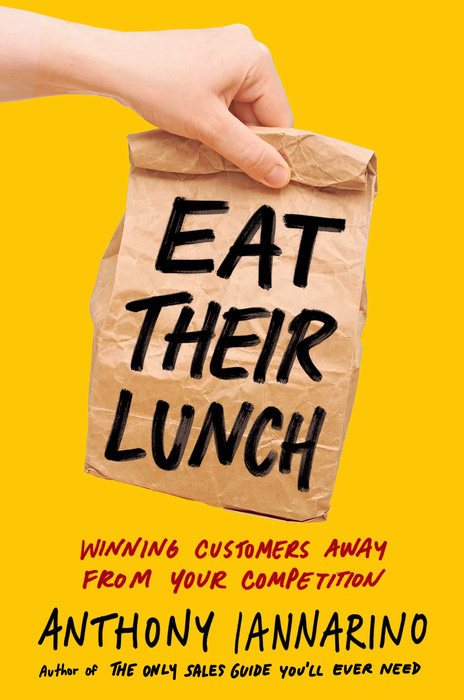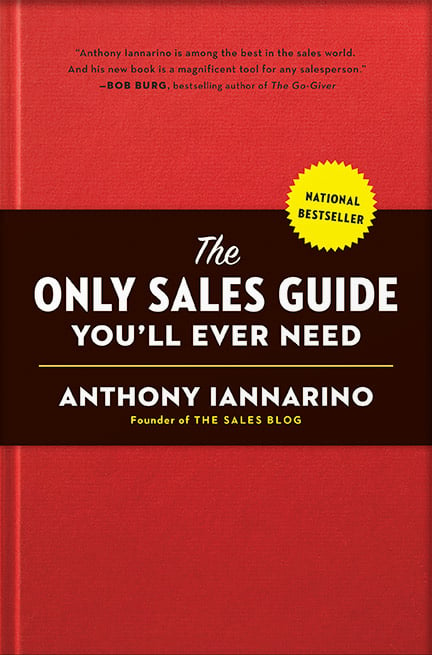The Gist:
- We spend a lot of time trying to win big deals without recognizing the value of opportunities, including the ones we lose.
- Because time is a factor in goal attainment, we can run out of time to create opportunities to replace the ones we lose.
- The concept of “yield” can help you avoid wasting precious opportunities.
Your sales win rate is an important metric in professional B2B sales. Most of the time, you use that rate to forecast your future success by estimating the percentage of deals you will win. It is only rarely considered in other contexts, though, unless you have an incredibly low win rate.
Instead, let’s have a different conversation about productivity, hopefully one that will provide new actions to improve your results. By considering a measure we’ll call “yield,” you can better track how much you produced and how much was wasted.

There Isn’t Always a Next Deal
The first reason yield is important is that most sales organizations and sales leaders devote too little time and attention to opportunity creation. They tend to value won deals more than created opportunities, even though deals are impossible without opportunities. The problem is plenty: most of us live in a professional world where a lost deal is no big deal, as there is always another opportunity to pursue. This mindset leads us to undervalue individual opportunities, even though in reality no opportunity can truly be replaced.
Let’s say you create a new opportunity, only to lose the deal to a competitor after a hard-fought contest. You immediately go out and create a brand-new opportunity. That opportunity does not replace the opportunity you lost; it is simply another opportunity. It’s no better than the deal you just lost.
That’s where yield comes in: losing both opportunities would give you a yield of zero, winning one gives you a 50% yield, and winning both would garner a perfect 100% yield. Measuring yield recognizes that you can create (and potentially win) a finite number of opportunities in a given period. It let you look directly at the concept of waste, including wasted time, energy, and opportunity. Improving yield is a key factor in increasing your sales win rate.

The Nature of Effectiveness
Another reason to consider yield is that it measures your overall effectiveness. Experts optimize what they do to avoid waste, from the Chef who practices mise en place to entrepreneur who creates a lean startup. In B2B sales, though, we often overlook waste and rarely mourn it, especially compared to the hand-wringing and teeth-gnashing when we lose a large deal.
As we’ve seen, yield documents the percentage you were able to capture vs. how much you lost. It forces you to look at a lost opportunity as waste, something that could be prevented in the future. Instead of taking a “next up” approach to the creation and pursuit of opportunities, make the changes necessary to improve your overall yield, capturing more of the opportunities you pursue. If you put as much (or more) effort into improving your effectiveness as you do into creating the next opportunity, success will come much more naturally. This approach will also help you increase win rates over time.
Wasted Opportunities
Not wasting opportunities also means creating the right opportunities. The “next up” approach to opportunity creation and a detrimental reliance on “leads” provides a sense of security, but a false one: not all opportunities are created equal, and some percentage of our pipeline is unlikely to result in a won deal. We pursue these deals because we need them, even when they don’t need us.
Those who compete in the red ocean, being forced to displace their competition to acquire and win new opportunities, will recognize that a lost opportunity cannot easily be replaced. Even though it is possible to create another opportunity, losing a specific deal to a competitor may mean five years will pass before you will be able to compete for that particular client again. Tracking yield reminds us that every opportunity is precious and should be pursued wholeheartedly.
As time relentlessly marches on, you run out of hours to create the opportunities you need to reach your goals. Try as you might to speed-date your way through your deals, you’ll find few clients who will—or even can—have the necessary conversations fast enough to let you capture the opportunity on your own timeline. At some point, you recognize that you have to find a way to win the opportunities you have, mostly after it’s too late to do anything about it.
Effectiveness is difficult to change quickly, but you can always cultivate it with enough time and attention. Greater effectiveness doesn’t mean that you never lose a deal, but that you continually improve the percentage of deals you win, by working to optimize your approach and eliminate waste.

Increasing Decreases
No sales organization, sales leader, or salesperson ignores winning new opportunities and new clients. Few, however, are working to avoid losing deals. This is why “win rates,” especially when they are high enough to achieve revenue targets, are rarely ever used as evidence of a development problem. Forced to look at loss rates of sixty percent, you are confronted by the number of deals and amount of revenue you were not able to capture—even after putting forth the time, energy, and resources you believed were necessary.
For all the time, effort, and resources we spend optimizing technological solutions, we still see declining win rates, plummeting numbers of salespeople reaching their goals, and an environment that makes it difficult for clients to change. Yield provides a new and better view of how we create and pursue opportunities, helping us ultimately to increase win rates and achieve sustained success.
Do Good Work:
- What would you have to improve about how you pursue opportunities to reduce your number of losses?
- What would change in your approach if you treated all opportunities as a “must-win” deal?
- In what areas would you benefit from greater effectiveness?

Essential Reading!
Get my 3rd book: Eat Their Lunch
"The first ever playbook for B2B salespeople on how to win clients and customers who are already being serviced by your competition."
Buy Now











.jpg?width=768&height=994&name=salescall-planner-ebook-v3-1-cover%20(1).jpg)


